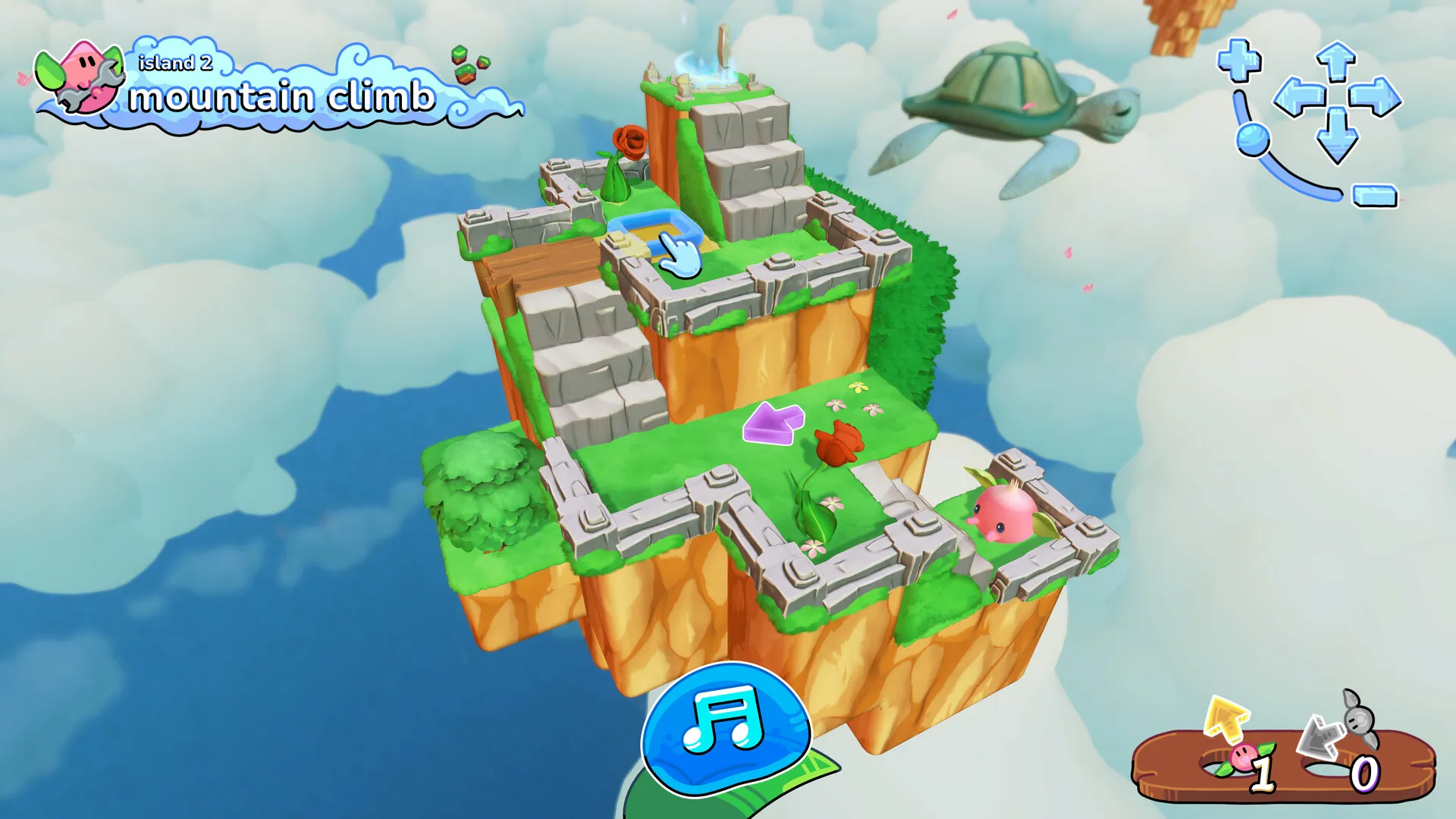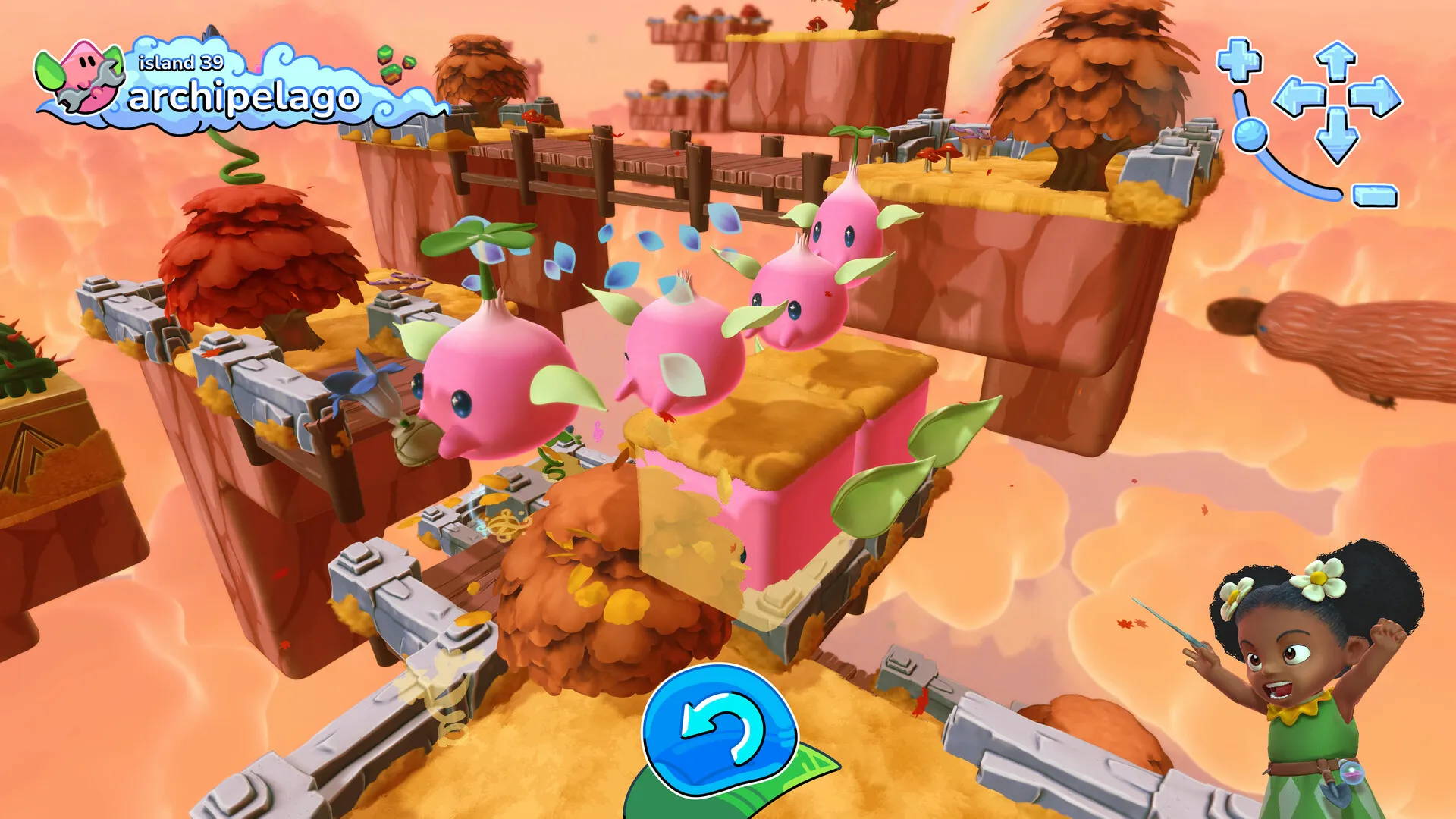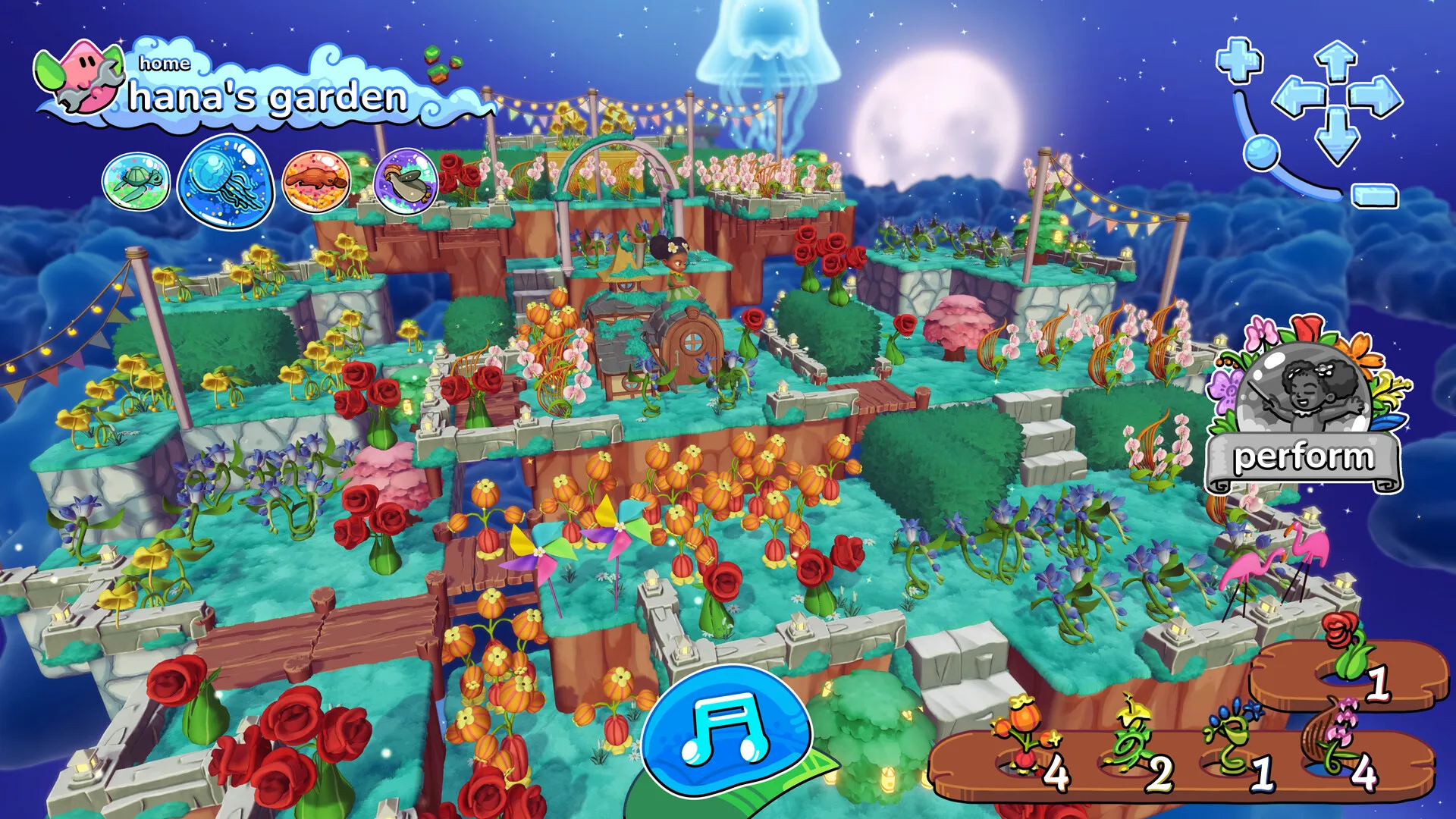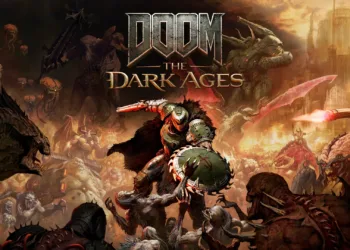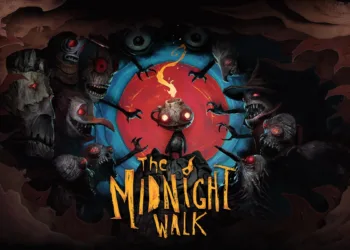Tempopo opens with a simple yet charming mission: guide Hana’s enchanted pink companions across floating tile islands to reclaim her scattered musical flowers. You enter each level as both conductor and strategist—placing directional cues, transformation pads and smash commands before pressing play and watching the Tempopo bounce in sync with an unfolding melody.
The absence of timers or move limits invites a reflective approach, turning missteps into gentle prompts to refine your plan. As you rotate and zoom the camera, you discover hidden angles that reshape every puzzle’s challenge.
Hana remains a silent guide, her expressions shifting from hopeful eagerness to triumphant delight as each flower returns home. These wordless reactions tie narrative and gameplay together, reminding you why those blooms matter beyond mere objectives.
Witch Beam’s shift from spatial storytelling in Unpacking to this rhythm-driven design feels deliberate: a standalone experiment in how music can carry emotion through mechanics. Quiet planning phases blossom into vibrant crescendos when your commands unfold correctly, creating an interplay between thoughtful preparation and the joy of watching your strategy spring to life.
Guiding the Beat: Mechanics & Control Flow
Tempopo’s heart lies in its dual-phase puzzle ritual, where you first arrange your directives and then become a spectator to your own choreography. The command arsenal feels intentionally concise. Arrow markers let you pivot a Tempopo’s trajectory, though their scarcity nudges you to reserve them for pivotal turns rather than scattershot corrections.
Transformation commands—morphing a blob into a solid block, a spring-loaded fan pad or a weighted cube—serve as both pathway builders and narrative signposts, suggesting how these adorable creatures can adapt when their world falls apart. Smash and push abilities introduce moments of triumphant release: watching one Tempopo clear debris or propel a sibling over a chasm triggers a satisfying click that feels earned.
During placement, the radial menu simplifies what could become overwhelming. Positioned in the grid’s empty spaces, each icon updates its remaining count in real time, preventing last-second surprises. You learn quickly to swivel the view for fresh perspectives—akin to scanning a film set for the best camera angle. This camera freedom echoes top-down puzzle classics like Captain Toad’s Treasure Tracker, where shifting vantage points can reveal hidden solutions or emotional tableau spots, such as a lone Tempopo poised at the cliff’s edge.
Once you hit play, Tempopo march automatically to a light beat, transforming every hop into a moment of synchronized delight. If a command misfires—sending your pink companions off-rhythm—a red flash and halted melody flag the error, prompting you to recalibrate.
The absence of harsh penalties encourages playful experimentation. When stuck, an optional hint will glow around a misapplied command without spelling out the entire answer, striking a balance between guidance and discovery. Restarting a level is instantaneous: a single button press wipes the slate clean, inviting you to iterate without frustration.
This elegant control loop supports both newcomers craving gentle puzzles and veterans seeking nuanced setups. By blending intuitive input with precise feedback, Witch Beam crafts an environment where mechanical clarity amplifies the emotional payoff of each rescued flower.
Evolving Challenges Across the Seasons
Tempopo’s sixty foundational puzzles unfold like chapters in a silent symphony, each season painting a fresh backdrop while preserving the same core rules. Spring’s gentle pastel levels introduce single Tempopo and basic arrow commands, akin to a film’s opening act where characters find their footing.
As you progress into Summer and Autumn, clusters of glowing flowers and thorny vines compel you to juggle multiple blobs, weaving pathways through increasingly intricate mazes. Winter’s frosty palette heralds the toughest tests, as biting hazards and limited commands force precision—and an appreciation for every tool at your disposal.
The pacing feels deliberate. Early stages mirror the calm onboarding of indie gem Baba Is You, letting you play with mechanics without pressure. Mid-game, though, layers shift: moving platforms, chomping skulls and tight command budgets demand both reflection and risk-taking. Adventure Mode offers a guided tour through these heights, gently glowing at valid placements much like The Witness’ introduction puzzles, yet it never removes the joy of personal discovery.
Tempopo breaks from tradition by tossing its entire toolkit at you from the start rather than drip-feeding abilities. This choice feels bold—each new power can pop up at any moment, requiring on-the-spot creativity. The push command, for example, doubles as a way to nudge a wandering blob across a gap, revealing hidden synergy among tools. These aha moments recall the thrill of Portal’s early uses of the portal gun, when you realize an object can serve multiple narrative and mechanical roles.
Occasional spikes in ease or complexity can feel jarring—one level might demand a dozen carefully timed transformations, the next a trivial two-command fix. Yet this variance keeps you guessing, preventing complacency. Once the main game ends, sixty bonus puzzles await, packed with denser layouts and stricter command limits. They demand almost surgical planning, as though Witch Beam compressed all their cleverest design tricks into a single encore.
In revealing how mechanics mature alongside visual shifts, Tempopo invites us to consider how design pacing shapes emotional engagement—and where the next season of surprises might lie unanswered.
A Symphony of Sight and Sound
Tempopo greets you with a palette that feels plucked straight from a storybook meadow. The rosy Tempopo pop against soft greens and blues, their round forms and twitching antennae brimming with personality. Every season brings a fresh coat of styling—snow-dusted tiles in Winter, golden leaves drifting across Autumn levels—without changing the puzzle’s rules. This restrained use of thematic art direction mirrors films like The Secret of Kells, where subtle visual shifts carry emotional weight.
Hazards stand out clearly: jagged spikes gleam steel-gray, chomping skulls open cavernous maws with unsettling glee. Flower icons glow warmly through overhead blocks, yet sometimes their soft hues can blend with background foliage, requiring a second glance. The fixed camera pivot at level center offers consistency, but complex layouts occasionally demand frantic zooms and rotations that feel slightly sluggish. Granting players true free-camera might risk clutter, yet here it might ease the strain of chasing a lost Tempopo around a dense grid.
Composer Jeff van Dyck’s soundtrack acts as both cushion and drive. During placement, gentle chimes drift like film score underscoring a quiet morning scene. Hit “go,” and the music swells into an uplifting motif, syncing perfectly with each hop. Crunching skull bites and subtle tempo shifts tickle the ears with ASMR delight, turning simple success into sensory reward.
The Melody Garden extension transforms harvested flowers into musical building blocks. Stack four roses to unlock chord harmonies, layer percussion florets for rhythm, then watch your garden hum a custom tune. This creative sandbox recalls little-known indie title Wilheim’s Workshop, offering freeform composition that extends the game’s emotional resonance. As tiles fade and notes linger, Tempopo reminds us that presentation and mechanics can perform as a duet—one that still invites further exploration.
Silent Symphony of Story
Tempopo plants its narrative with a simple opening: Hana’s performance derails, scattering her musical flowers across skybound islands. This framing device unfolds without dialogue or cutscenes, inviting players to read the story in body language and environment. As each puzzle completes, Hana’s portrait in the corner shifts from hopeful expectation to jubilant relief, turning a static interface element into a storyteller’s tool.
The Tempopo themselves become wordless narrators. Their rhythmic hops, stumbles and little celebratory twirls communicate urgency, caution or triumph. Watching them navigate thorny vines or sacrifice themselves for a crucial bloom evokes empathy similar to indie title Inside, where silent characters carry the weight of a dark world. Here, though, those moments feel gently reassuring rather than harrowing.
Every fifteen levels, you return to Hana’s garden to replant flowers and hear her sing fresh melodies. These intermissions offer natural pacing beats, breaking up mechanical challenges with heartfelt reward. The act of placing petals to echo the season’s mood—bright spring chords or hushed winter lullabies—cements music as the game’s thematic glue. This quiet narrative rhythm suggests that story can emerge through interplay of mechanics, expression and sound, hinting at deeper layers waiting to bloom in every level.
Beyond the Basics: Modes and Replay Value
Tempopo extends its charm through varied play styles, inviting both newcomers and seasoned puzzlers to explore at their own pace. Adventure Mode shines as an entry point, softly highlighting valid command slots to guide players through design logic without spelling out full solutions. This subtle handholding evokes the early levels of The Witness, where gentle cues encourage discovery rather than deliver answers.
For creators, the Melody Garden offers a sandbox escape. Here, you’re free to scatter collected flowers across a larger grid, stacking up to four per tile to craft chords and rhythms. This open canvas recalls underappreciated indie gem Sunless Skies’ painting mode, transforming mechanics into creative expression. Hearing your custom melody resonate ties gameplay and narrative threads into a personal soundtrack.
Challenge Mode caters to those thirsty for tougher tests. It repackages core puzzles with tighter command budgets and denser layouts, sidestepping new mechanics in favor of honing existing skills. Enthusiasts will find satisfaction in perfecting solutions under pressure, each level demanding surgical precision and patience.
Whether you’ve got ten minutes between meetings or a long weekend free, Tempopo adapts seamlessly. Its save-anytime design and swift load times on Steam Deck make it an ideal companion for quick strategic bursts. By blending modes that support learning, creation and mastery, the game hints at untapped potential for further expansions—or perhaps the next indie experiment waiting beyond the horizon.
Open Doors: Accessibility & Experience
Tempopo greets players with an adjustable challenge framework. Hints can be toggled on or off, there’s no ticking clock to induce stress, and you can reset puzzles endlessly with a single press. For those who prefer relaxed problem-solving, these options feel akin to adjusting difficulty sliders in narrative-driven titles like Oxenfree.
Handheld aficionados will appreciate one-handed support and full button remapping, making Steam Deck or Switch play feel natural. The interface—rooted in a radial command menu—feels intuitive, with clear counts of remaining abilities displayed at all times. Menus remain unobtrusive, letting you focus on the grid without wrestling with hidden submenus.
Adventure Mode’s subtle flower highlights offer a helpful visual guide, though some players might wish for onion-skin previews of each blob’s beat-by-beat path or a double-speed toggle to breeze through repetitive marching sequences. Their absence underscores how small quality-of-life features can shape pacing and maintain engagement.
Tempopo runs smoothly for the most part, though occasional transformation glitches can leave a Tempopo frozen mid-hop or invisible until a full restart. The fixed camera pivot simplifies framing early on, yet later levels can feel cramped when angles slip off-screen. Still, quick load times and reliable autosaves mean missteps rarely cost more than a moment’s patience.
By blending approachable controls with polished menus and a toolkit of tweaks, Tempopo invites a spectrum of players to find their own rhythm—raising the question of which extra aids might deepen that connection further.
The Review
Tempopo
Tempopo’s rhythmic puzzles offer a soothing yet strategic experience, its art and music weaving emotional resonance into each hop. While narrative moments remain understated and camera pivots occasionally frustrate, its intuitive controls, charming visuals and creative sandbox modes deliver genuine delight. Accessible design suits both quick bursts and deeper sessions, rewarding thoughtful planning and musical play. A standout indie puzzler that invites repeated returns.
PROS
- Soothing, unhurried puzzle design
- Intuitive radial menu and command placement
- Adorable art style with seasonal touches
- Dynamic soundtrack that rewards success
- Creative Melody Garden for personal compositions
- Robust accessibility options (hints, one-handed play)
CONS
- Sparse narrative interludes
- Fixed camera pivot can feel restrictive
- Occasional transformation glitches
- Repetition of core mechanics over 60 levels
- Uneven difficulty spikes in mid-game
- Missing QoL features (onion-skin view, fast-forward)








































